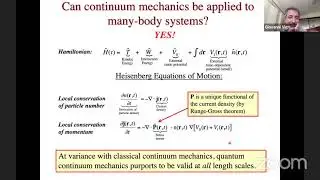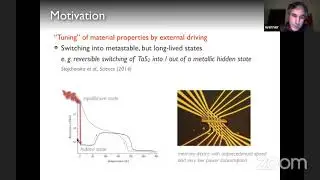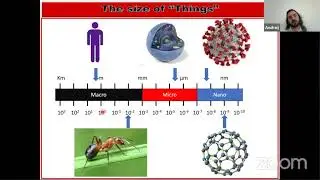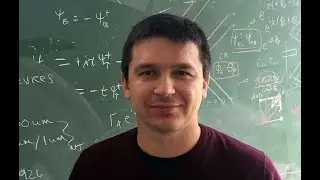P. Meisenheimer: "Epitaxial engineering of spin texture in a multiferroic oxide"
In materials research, the discovery of new materials to enable new information architectures is highly sought after. Antiferromagnetic-based spintronics are growing in popularity for potential applications in next-generation computational technologies due to their speeds and robustness to external fields. A key challenge in this area, however, is the control of antiiferromagnetic order on the nanometer scales applicable to solid-state technologies. Bismuth ferrite (BiFeO3) is a multiferroic material that exhibits both ferroelectric and antiferromagnetic properties at room temperature, making it a unique candidate in the development of electrically controllable magnetic devices. In BiFeO3, the magnetic moments are arranged into a long-range spin cycloid, resulting in a unique set of magnetic properties that are intimately tied to the ferroelectric order through symmetry. To date, however, understanding of this coupling between magnetism and ferroelectricity has generally relied on average, mesoscale measurements to infer the magnetic structure and behavior.
Using high-resolution nitrogen vacancy (NV) diamond-based scanning probe magnetometry, we show that the propagation axis of this spin cycloid can be deterministically controlled with an electric field. The underlying energy landscape of the spin texture is shaped by both the ferroelectric degree of freedom and strain-induced anisotropy, where electric fields drive magnetoelectric switching in predictable ways that can be engineered. Additionally, through precise control of perturbations in the crystal structure, the magnetic structure can be tuned to control magnon transport in the material. The fixed in-plane anisotropy of the antiferromagnetic cycloid is especially important for the implementation of vertically oriented spintronic devices, as desired in next generation architectures. Additionally, the ability to potentially engineer local frustration in the magnetic structure may open the door for electrical creation of magnetic topological defects at particular domain wall interactions, as confinement-induced frustration is demonstrated to be a powerful method for engineering complex textures in ferroics.



















